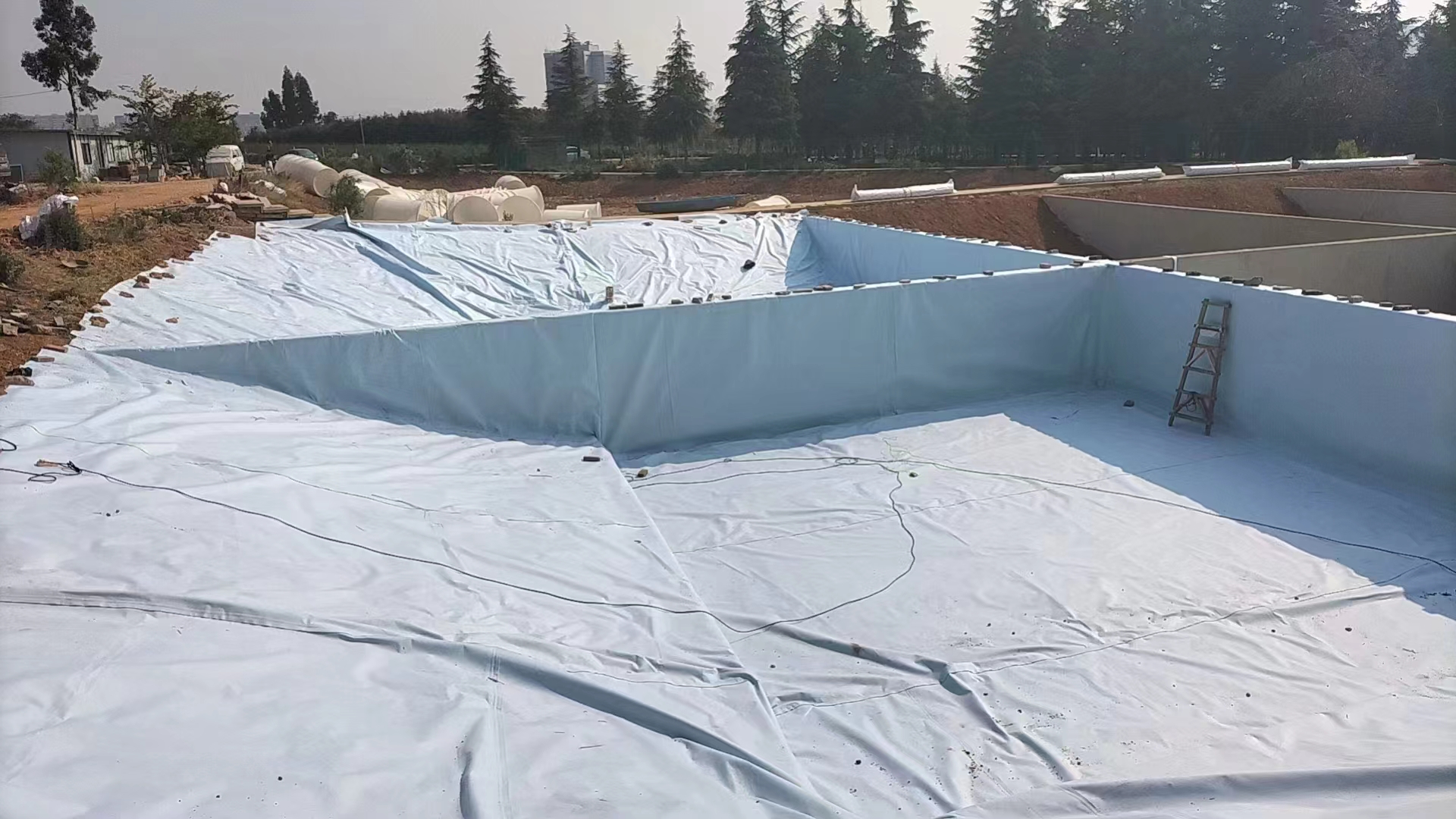
Geomembranes, also known as geosynthetics, are impermeable synthetic materials used to control the flow of liquids or gases in a variety of applications. These materials are primarily used in environmental, civil engineering, and construction projects where containment of liquids or gases is required.
What Are Geomembranes?
A geomembrane is typically made from polymers such as polyethylene, polypropylene, or PVC. These materials are chosen for their durability, flexibility, and resistance to chemicals, UV radiation, and physical stresses. The primary function of geomembranes is to create a barrier that prevents the migration of substances like water, waste, or hazardous chemicals.
Types of Geomembranes
- High-Density Polyethylene (HDPE): HDPE geomembranes are among the most commonly used types. They have excellent resistance to chemicals and are highly durable, making them ideal for landfill liners and containment applications.
- Low-Density Polyethylene (LDPE): LDPE geomembranes are more flexible than HDPE and are commonly used in applications requiring high elongation and ease of installation, such as pond liners and reservoirs.
- Polyvinyl Chloride (PVC): PVC geomembranes are flexible, resistant to UV degradation, and suitable for a range of applications, including water treatment facilities and sewage systems.
- Ethylene Propylene Diene Monomer (EPDM): EPDM geomembranes are well-suited for applications in environments with extreme temperatures, offering flexibility and UV resistance.
Conclusion
Geomembranes are essential materials in many industries. Understanding the different types and their applications helps ensure the selection of the right geomembrane for the specific needs of a project.






 " />
" />